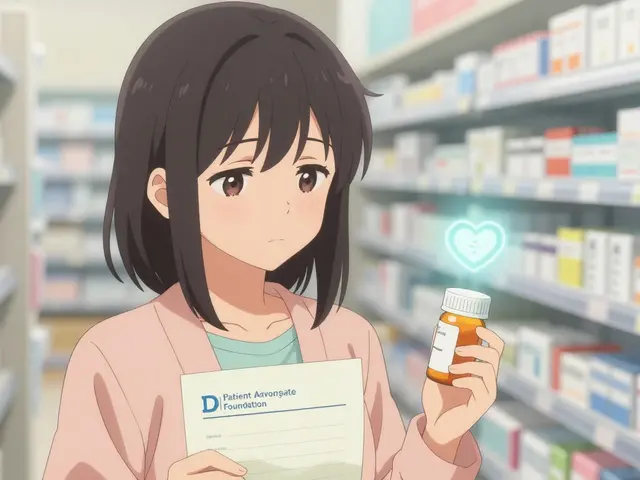Obesity and Thrombosis: What You Need to Know
Carrying extra pounds does more than strain your joints – it can also make your blood thicker and more likely to clot. That link between obesity and thrombosis (blood clots) isn’t just a medical buzzword; it’s a real danger that shows up in everyday life. If you’re looking to stay healthy, understanding why weight matters for clot risk and what you can do right now is essential.
Why Extra Weight Increases Blood‑Clot Risk
When you have obesity, several things happen inside your body that set the stage for clots. First, fat tissue releases inflammatory chemicals that make platelets – the tiny cells that help blood clot – stickier. Second, extra weight puts extra pressure on veins, especially in the legs, slowing blood flow. Slow flow means blood sits longer in one place, giving clots a chance to form.
Obesity also raises levels of certain hormones like estrogen and insulin, both of which can nudge the clotting system toward over‑activity. Finally, many people with obesity also have other conditions such as high blood pressure, diabetes, or high cholesterol. Those conditions each add a layer of risk, turning a moderate clot chance into a serious problem.
Practical Steps to Lower Your Thrombosis Risk
Good news: you don’t need a surgery or a miracle drug to cut the risk. Simple lifestyle tweaks go a long way.
Move more each day. Even a short walk after meals gets blood moving in your legs. Aim for at least 30 minutes of moderate activity most days – brisk walking, cycling, or light jogging works.
Stay hydrated. Dehydration makes blood thicker. Keep a water bottle handy and sip regularly, especially if you’re active or live in a hot climate.
Watch your waistline. Losing even 5‑10% of body weight can lower inflammatory markers and improve vein function. Small changes – swapping sugary drinks for water, choosing whole foods over processed snacks – add up quickly.
Wear compression socks. If you sit or stand for long periods (think office work or long flights), compression stockings help push blood back toward the heart and prevent pooling.
Know the warning signs. Sudden swelling, pain, or warmth in a calf or arm could signal a deep‑vein thrombosis (DVT). Shortness of breath, chest pain, or a rapid heartbeat might mean a clot has traveled to the lungs (pulmonary embolism). Don’t ignore these symptoms – get medical help right away.
For people already on medication for high blood pressure or cholesterol, talk to your doctor about clot‑prevention options. In some cases, a low‑dose aspirin or a blood‑thinner may be recommended, but never start a new drug on your own.
In short, obesity makes your blood more prone to clot, but you can fight back with movement, hydration, modest weight loss, and a watchful eye on symptoms. Start with one change today – a 10‑minute walk after dinner – and build from there. Your veins will thank you, and you’ll lower the odds of a scary clot forming.
Blood clots after surgery can be deadly, especially if you're dealing with diabetes, obesity, or cancer. This article digs into the extra precautions doctors and patients need to consider for preventing dangerous clots in these high-risk groups. From surgical planning to post-op tips, it covers specific strategies that have the strongest evidence. Get real-world advice and learn what questions to ask your surgical team. You'll find data, actionable tips, and a practical resource to protect your health.
Continue reading





